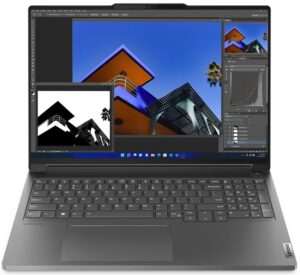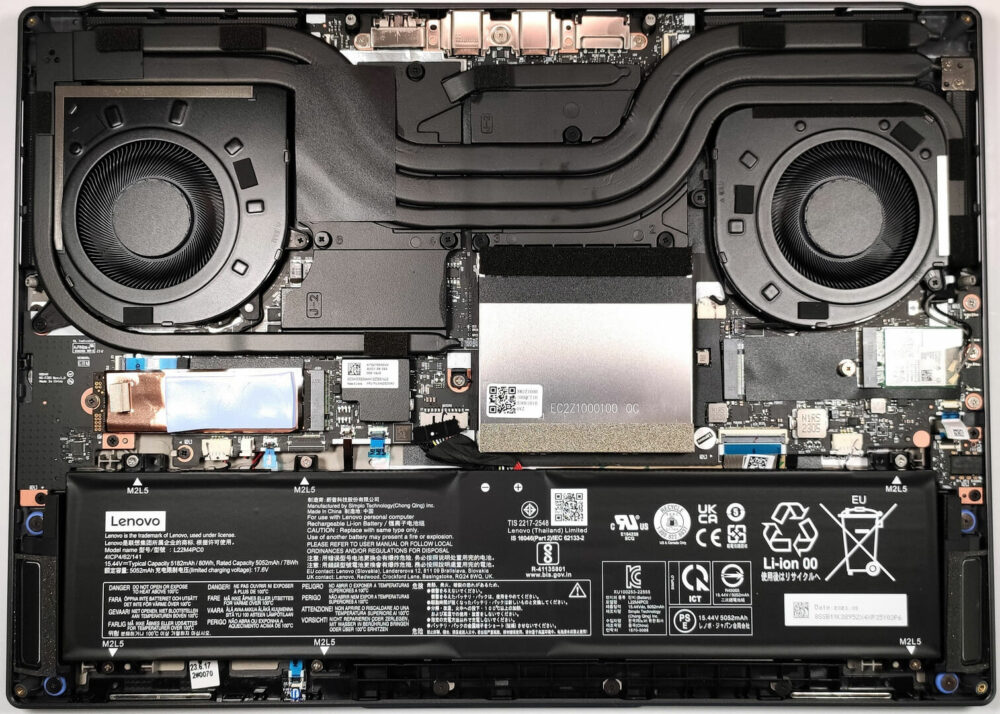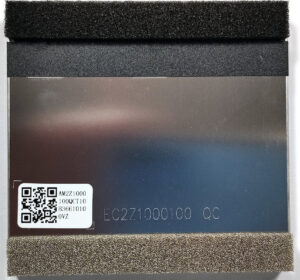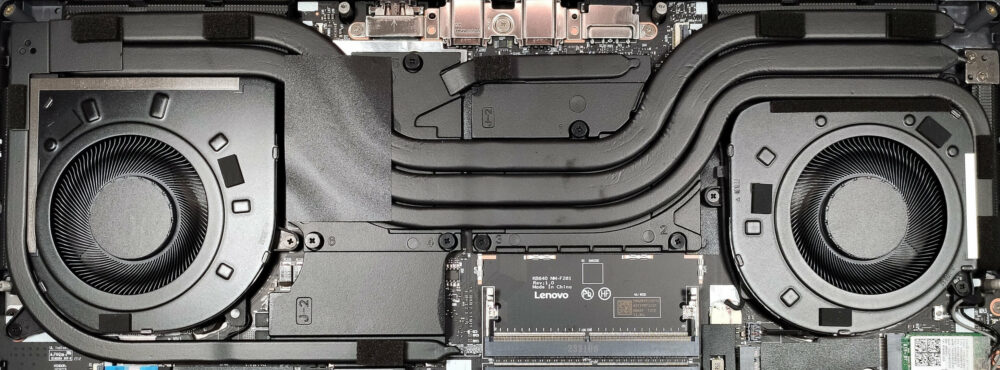How to open Lenovo ThinkBook 16p Gen 4 – disassembly and upgrade options
Step 1: Opening the Lenovo ThinkBook 16p Gen 4
- Ensure the Lenovo ThinkBook 16p Gen 4 is powered off and placed on a soft, clean surface to prevent scratches or damage.
- Remove the 8 Torx-head screws from the bottom of the laptop to release the bottom plate.
- Use a plastic tool to gently pry the panel away from the chassis, starting at one corner and working your way around.
Hint: Be careful during the prying process to avoid damaging the internal components or the clips holding the panel in place.
Step 2: Battery Removal
- Disconnect the battery connector from the motherboard to ensure safety during the removal process.
- Remove the 6 Phillips-head screws securing the 80Wh battery, then carefully lift the battery out of the chassis.
More info: The 80Wh battery provides up to 12 hours and 30 minutes of web browsing or 10 hours of video playback, a commendable performance given the device’s potent hardware and high-resolution display.
Memory Upgrade
Locate the two SODIMMs protected by a metal shroud. This setup officially supports up to 32GB of DDR5-5200MHz RAM in dual-channel mode, despite the memory sticks being rated at 5600MHz.
You can buy DDR5 RAM modules here: Buy from Amazon.com (#CommissionsEarned)
Storage Upgrade
- The laptop features one 2242 and one 2280 M.2 slot for Gen 4 SSDs, offering flexibility for storage expansion.
- Note the thick thermal pad on the preinstalled NVMe, designed to improve cooling by making contact with the metal bottom plate.
Hint: Don’t forget to check out our Top M.2 SSDs Performance Rankings for insights on the best storage options available.
You can buy Gen 4 M.2 SSD modules here: Buy from Amazon.com (#CommissionsEarned)
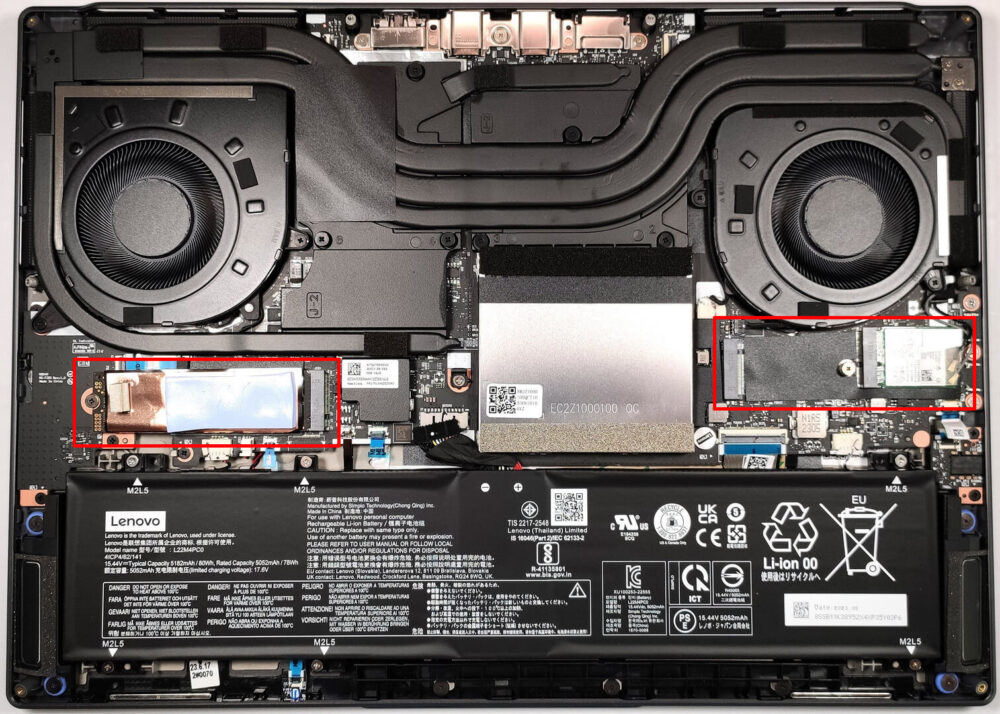
Cooling System Overview
Examine the cooling system, which includes two fans and three heat pipes shared between the CPU and GPU, plus an additional fourth pipe dedicated to the graphics card. Also, note the presence of four heat sinks and several heat spreaders designed to efficiently manage the thermal output of the device.
